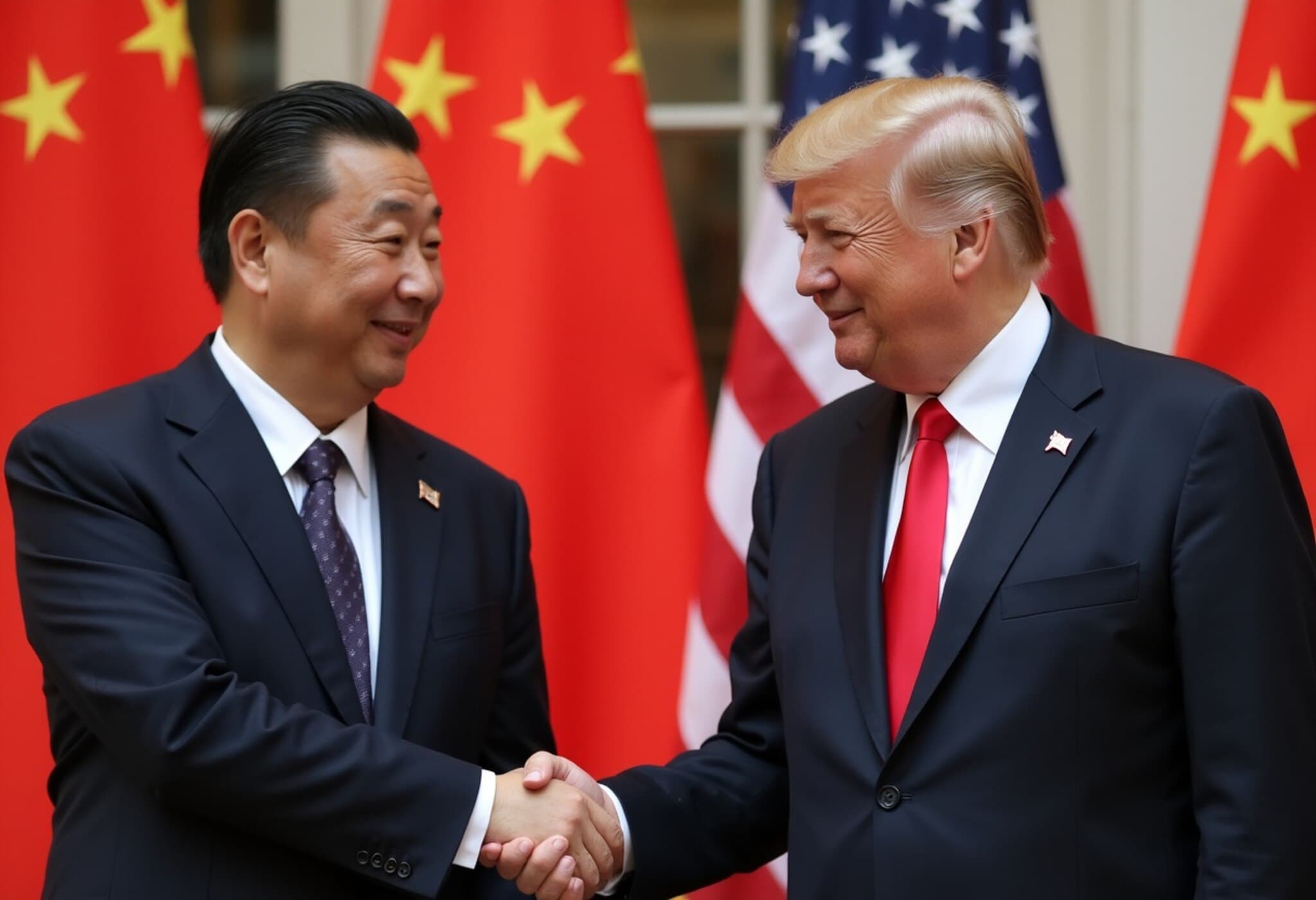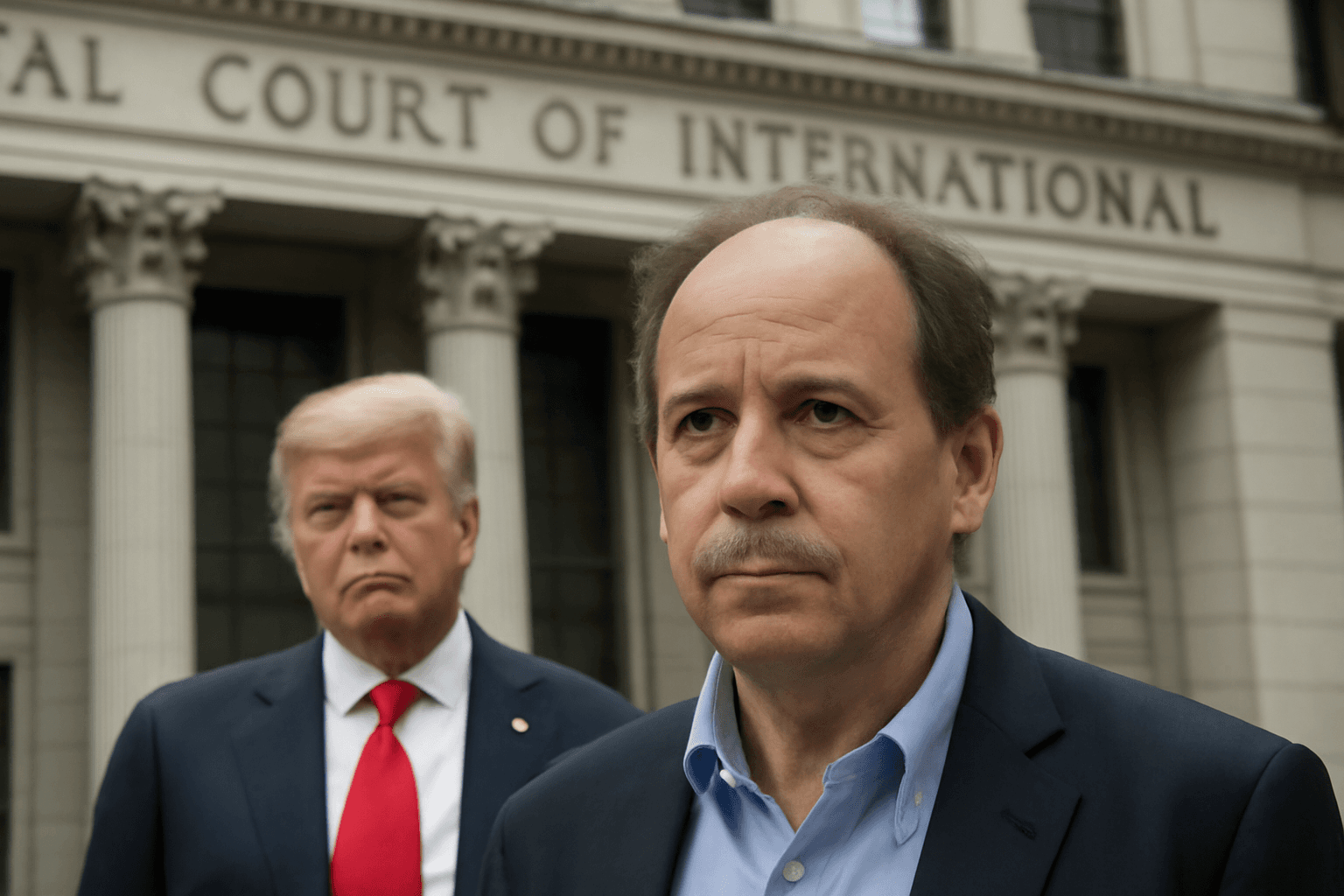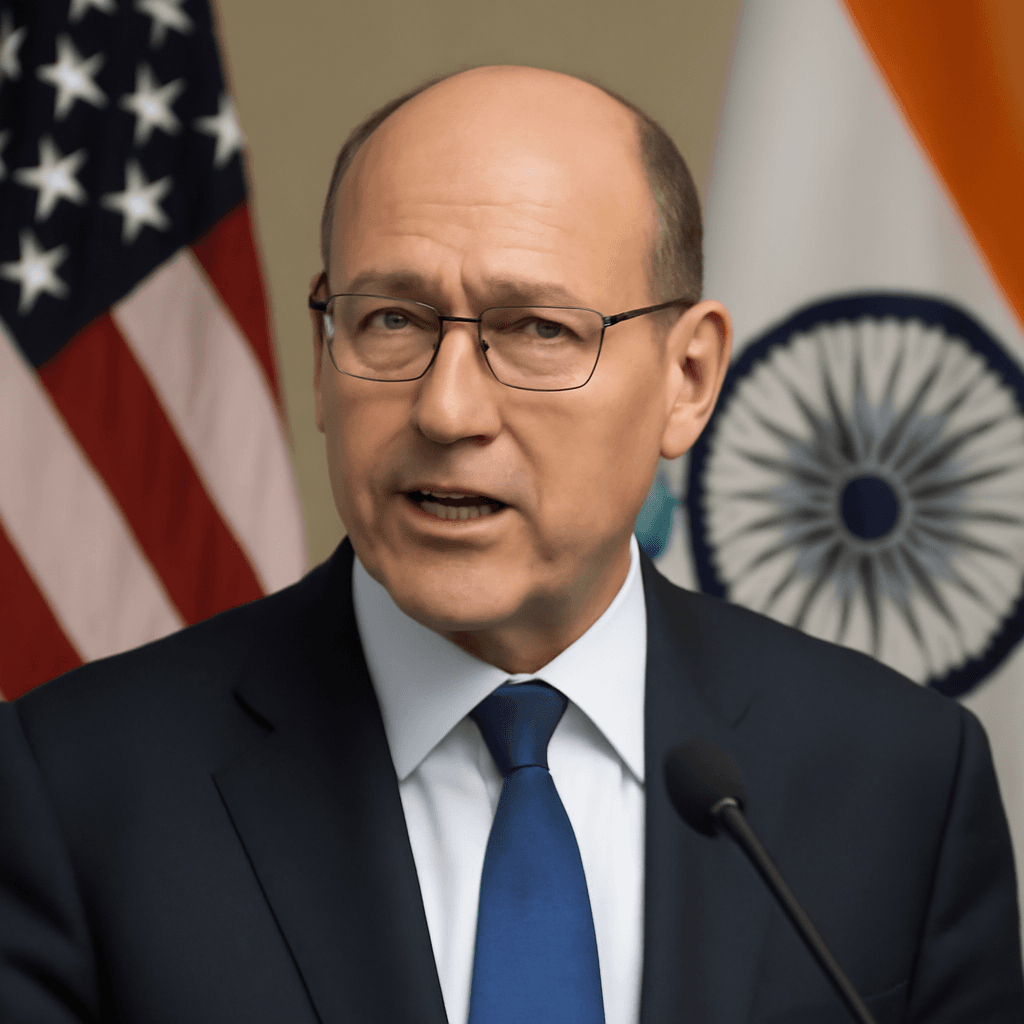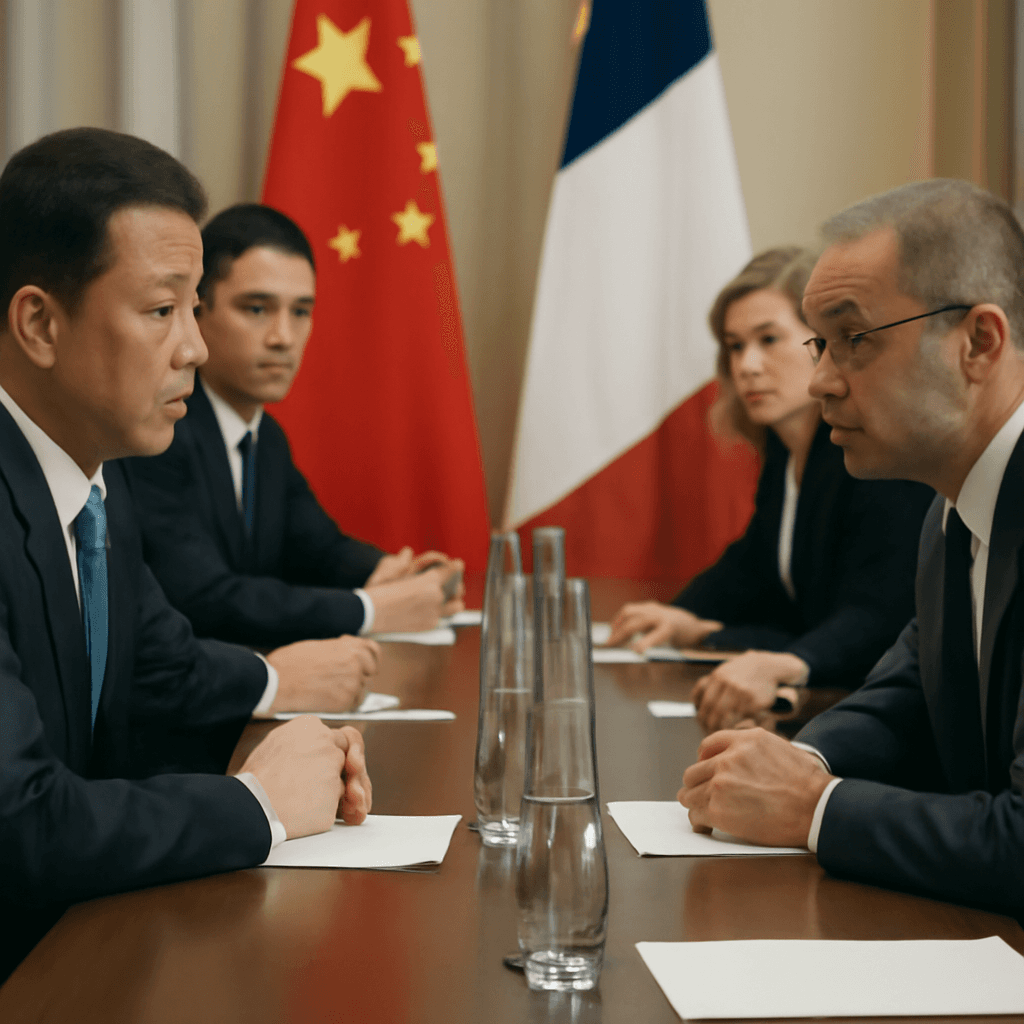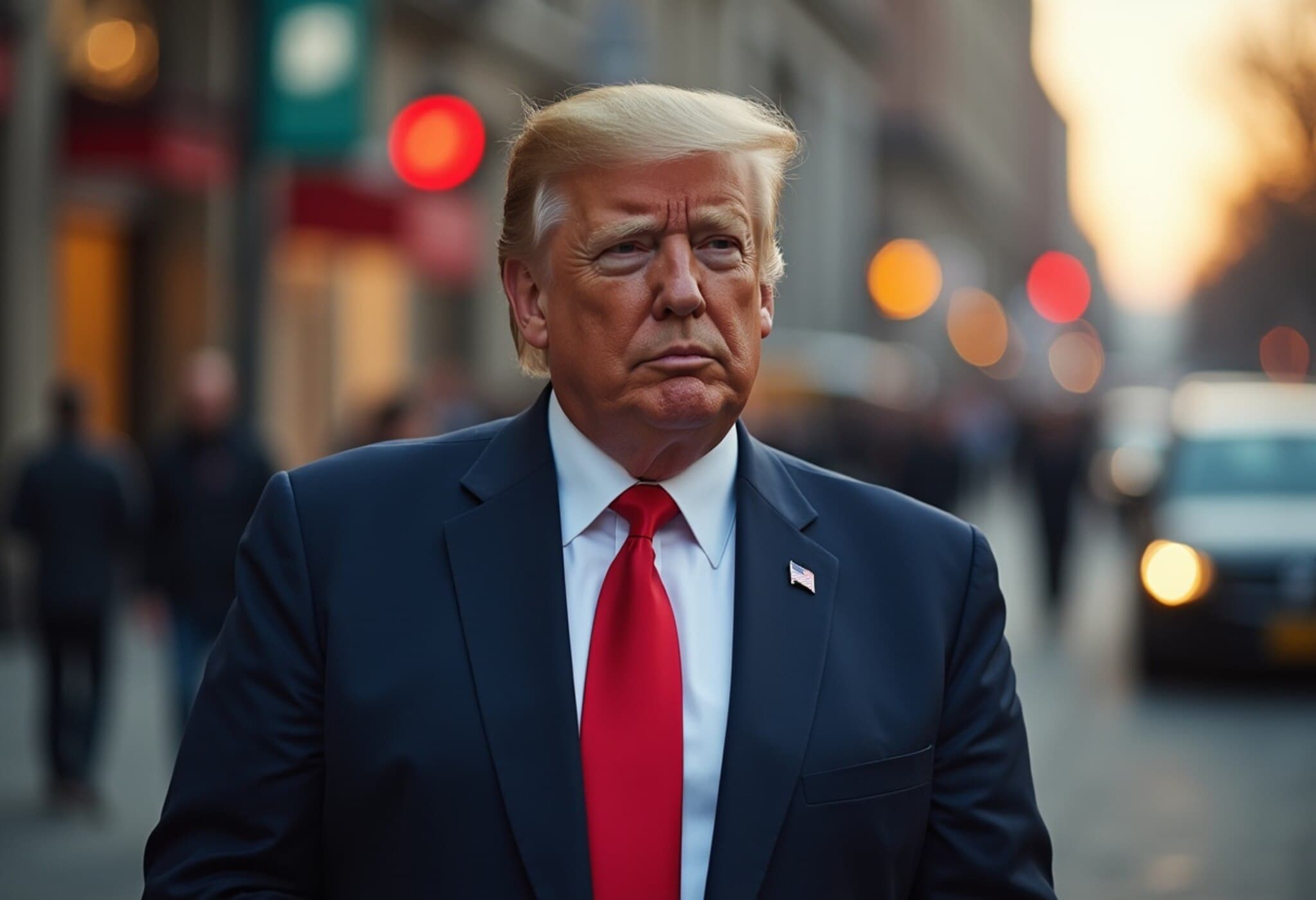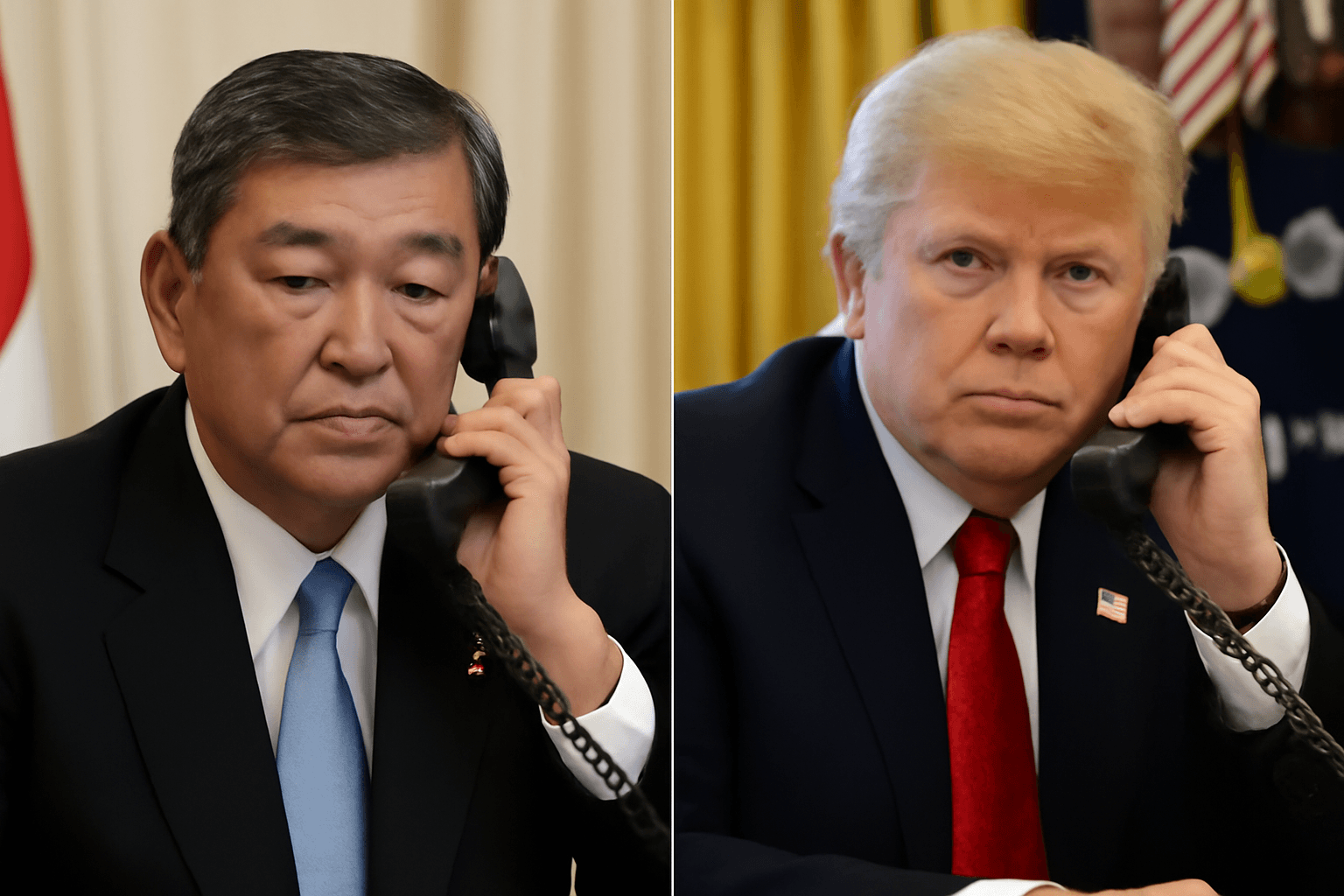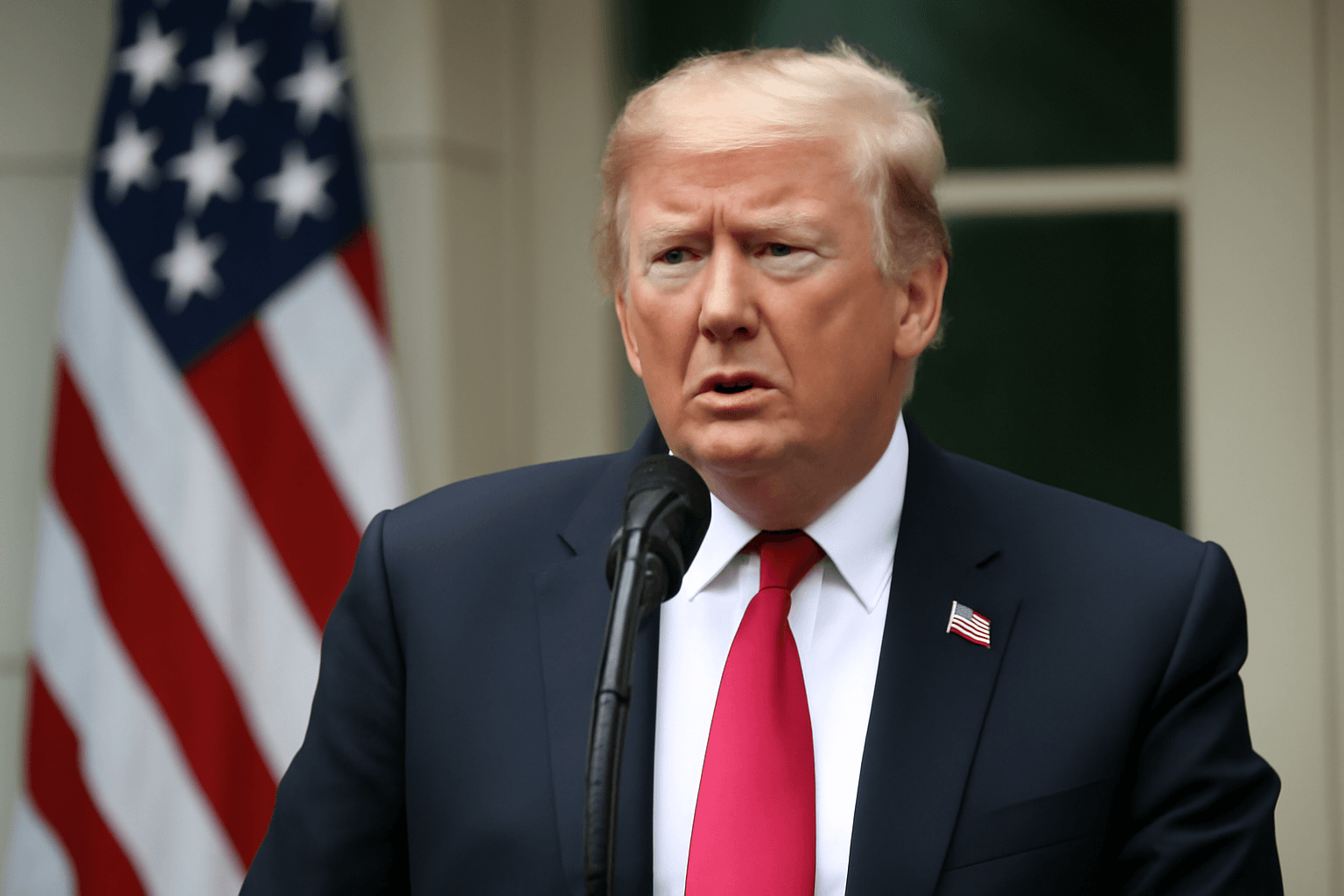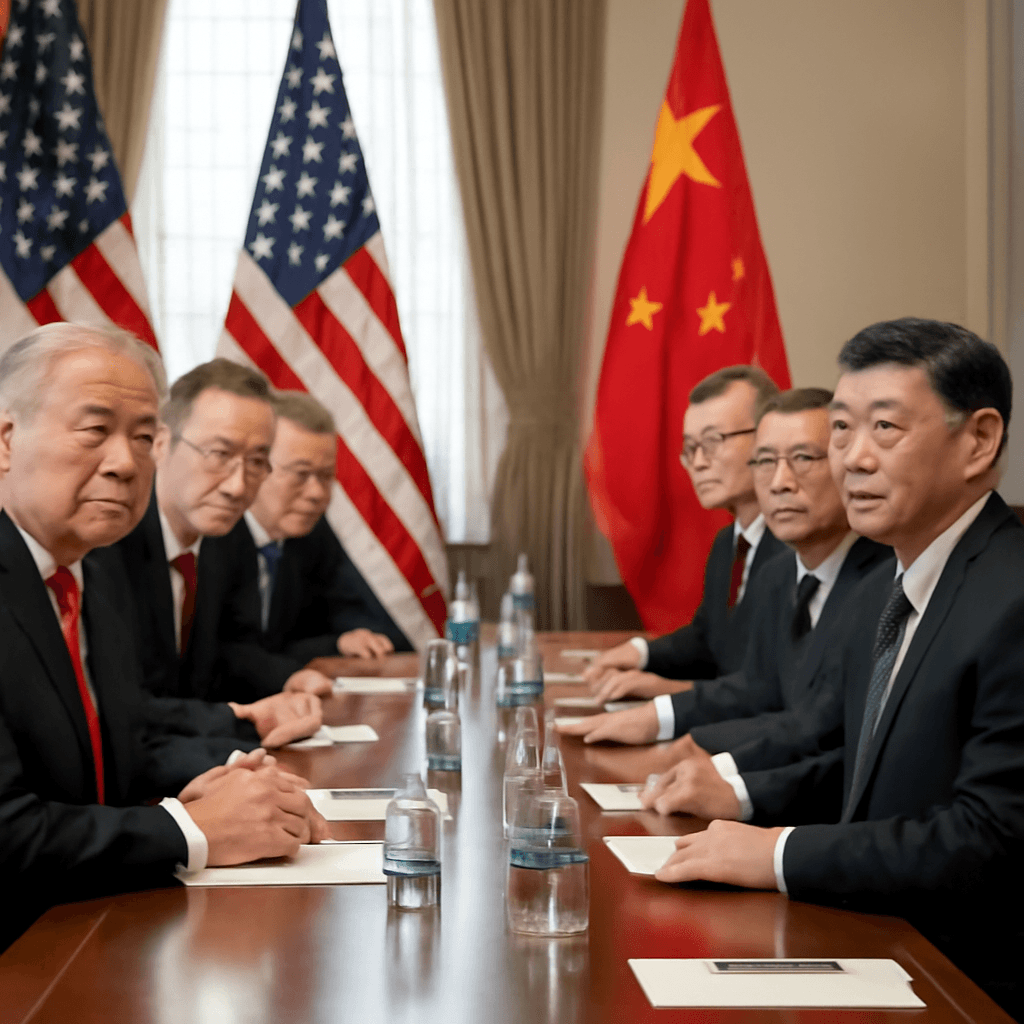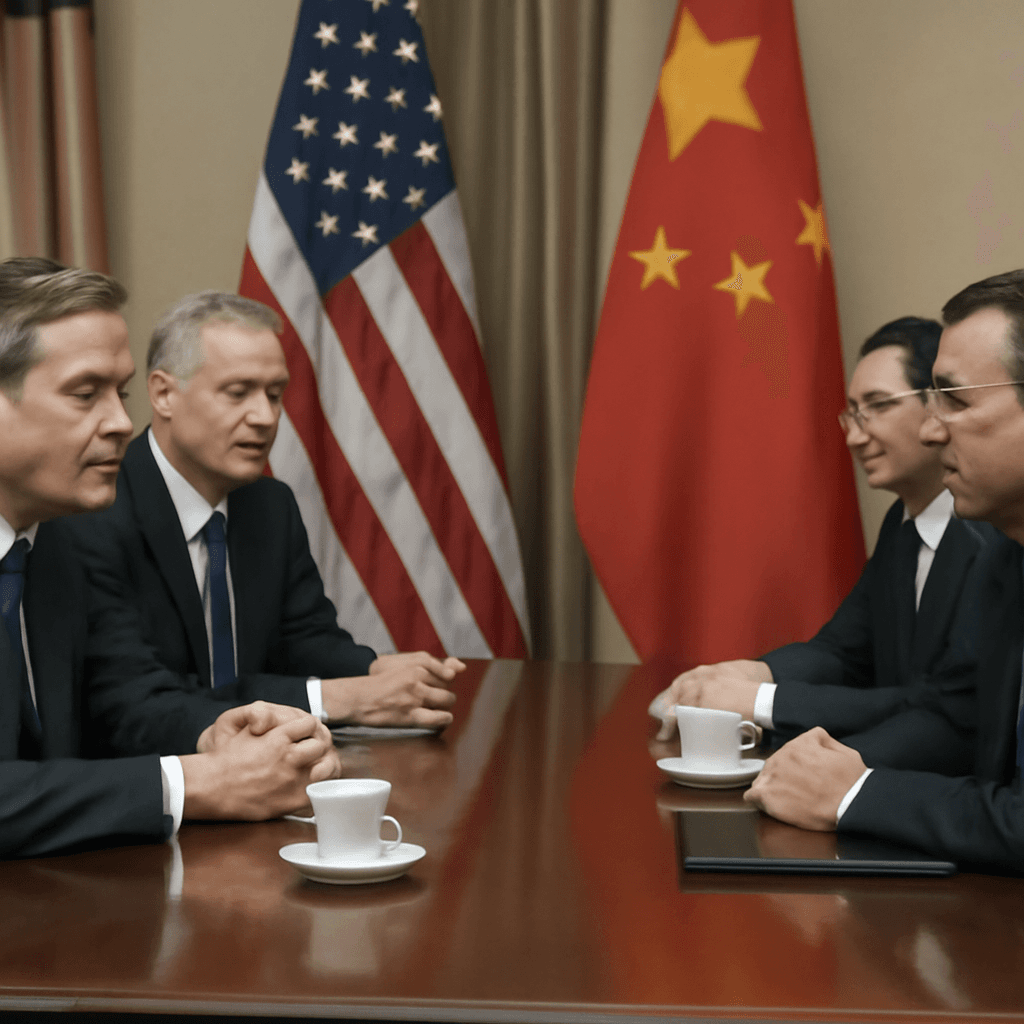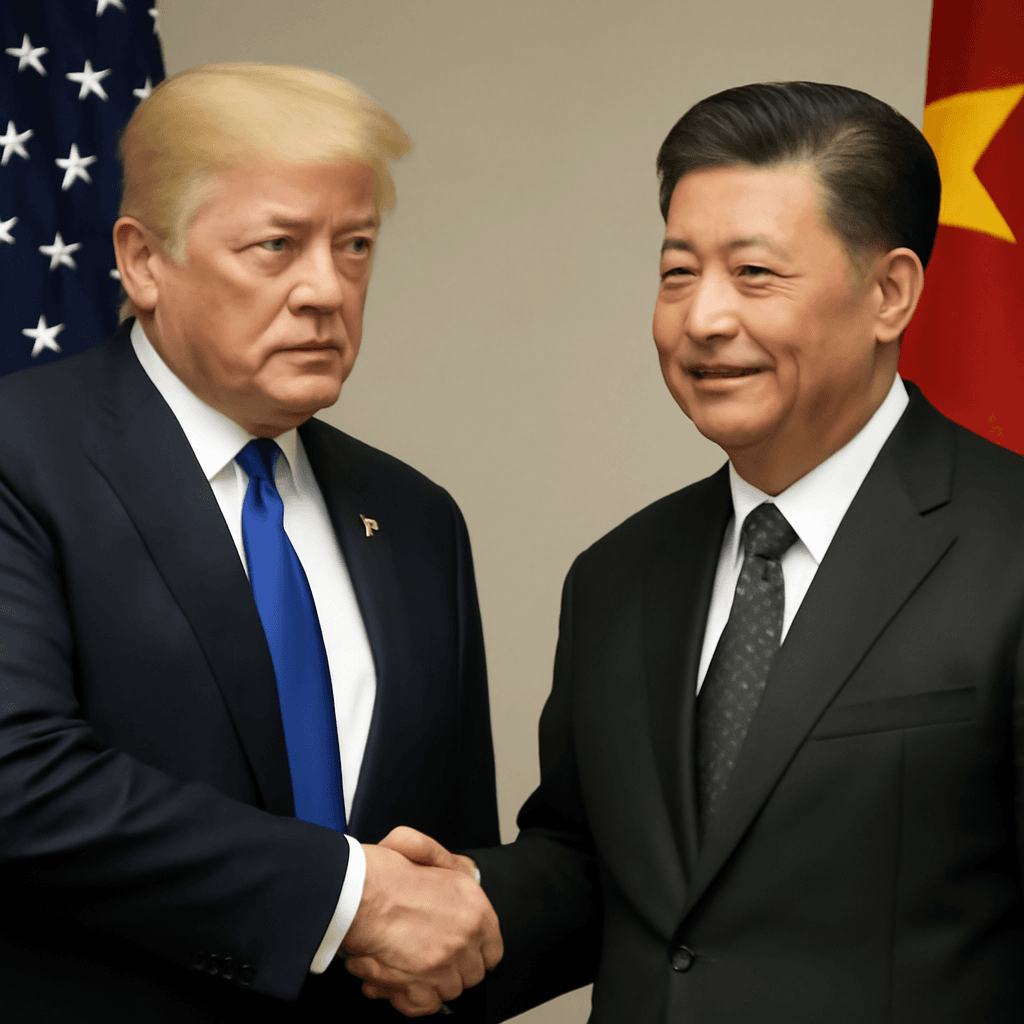U.S. and China Reengage in Crucial Tariff Talks Amid Trade Truce
On Monday, senior trade negotiators from the United States and China are convening in Stockholm to address persistent economic tensions that have long fueled their trade war. The talks aim to extend the current truce which has kept punitive tariffs at bay, in a bid to stabilize global markets and prevent further disruption of international supply chains.
A High-Stakes Meeting in the Heart of Stockholm
Leading the dialogue are U.S. Treasury Secretary Scott Bessent and Chinese Vice Premier He Lifeng, marking the first substantive round of negotiations since a tentative agreement was reached in June to pause the escalating tit-for-tat tariffs that brought uncertainty to international trade.
These discussions come on the heels of another landmark moment for global trade diplomacy: the European Union secured a deal with the United States following a meeting between European Commission President Ursula von der Leyen and former President Donald Trump at his Scottish golf course, promising tariff reductions on most EU goods.
Complex Challenges Beyond Tariffs
While reviving a tariff ceasefire is a critical goal, experts note these negotiations grapple with deeper economic disputes that extend beyond customs duties. The U.S. has pointedly criticized China’s state-led export model, arguing it unfairly floods world markets with inexpensive goods, disrupting industries worldwide.
Conversely, China contests U.S. national security export controls on cutting-edge technologies, including AI chips and rare earth minerals. These controls are seen by Beijing as attempts to hinder its technological advancement and economic growth.
“Stockholm will be the first meaningful round of U.S.-China trade talks,” said Bo Zhengyuan, a China-based partner at consultancy Plenum, highlighting the significance of this dialogue in a trade relationship that has spanned years of complexity.
Trump’s Diplomatic Gambit and Potential China Visit
Amid the negotiation backdrop, there is anticipation around a potential visit to China by Trump slated for late October. Such a high-profile meeting could pave the way for broader economic cooperation or further exacerbate tensions if talks falter.
Trade analyst Wendy Cutler from the Asia Society Policy Institute emphasizes, “The Stockholm meeting is an opportunity to start laying the groundwork for a Trump visit to China.” However, renewed tariffs or export restrictions could risk collapsing this delicate diplomatic effort.
Balancing Tariff Reductions with Economic Reforms
Secretary Bessent has underscored the urgency of extending the current tariff truce, which is scheduled to expire on August 12. Failure to do so may trigger a sharp rebound to tariffs as high as 145% on U.S. imports and 125% on Chinese goods, jeopardizing global economic stability.
At the same time, U.S. negotiators are pressing China to transform its export-driven economic model by boosting domestic consumption—a longstanding aim of American trade policy stretching back two decades. Achieving this would necessitate Beijing resolving its ongoing property market crisis and improving social safety nets to stimulate household spending.
Michael Froman, former U.S. trade representative and current president of the Council on Foreign Relations, remarks, “The question remains whether tariffs can fundamentally drive China to shift its economic strategy.”
Why These Talks Matter for the Global Economy
- Supply Chain Stability: Without an accord, supply chains face renewed shocks with tariffs possibly exceeding 100%, raising costs and uncertainty worldwide.
- Technological Competition: Controls on AI chips and rare earth minerals underscore the tech rivalry shaping U.S.-China relations.
- Geopolitical Ripple Effects: Outcomes influence global markets and the strategic balance between the world's two largest economies.
Looking Ahead
The Stockholm dialogue may not yield sweeping breakthroughs, but it represents a vital pause in one of the most consequential economic confrontations of the 21st century. Its success or failure could define trade dynamics for years to come and set the tone for the anticipated Trump-Xi summit later this year.
Editor’s Note
As the U.S. and China navigate these complex negotiations, observers should watch beyond tariffs and trade balances. The broader questions revolve around economic models, national security, and global power shifts. Can bilateral talks foster a new era of cooperation, or will entrenched mistrust deepen divides? These developments hold profound implications not only for policymakers but everyday consumers worldwide.

